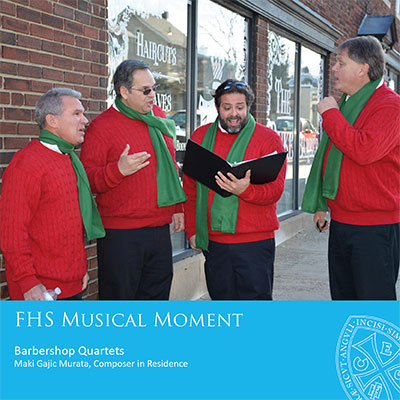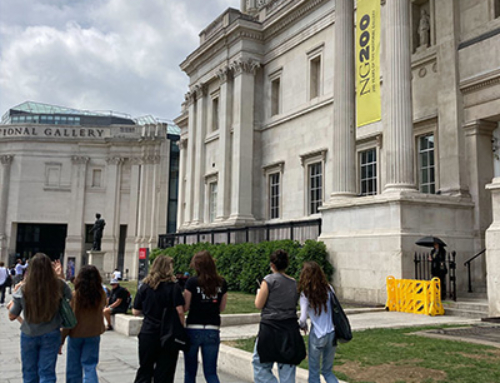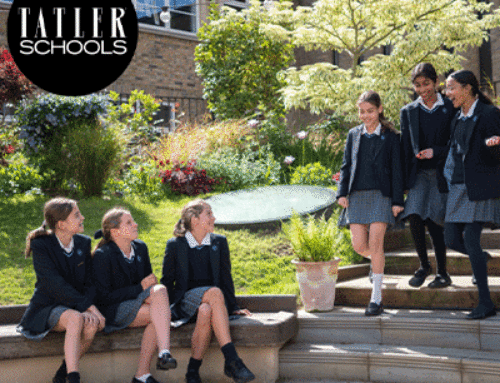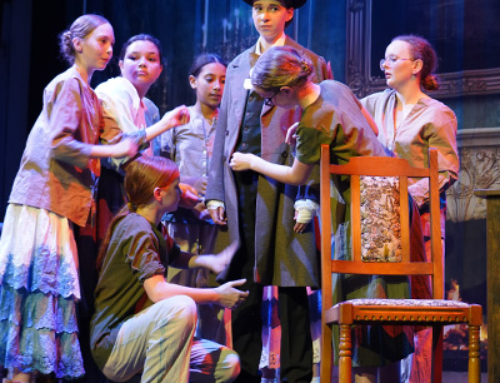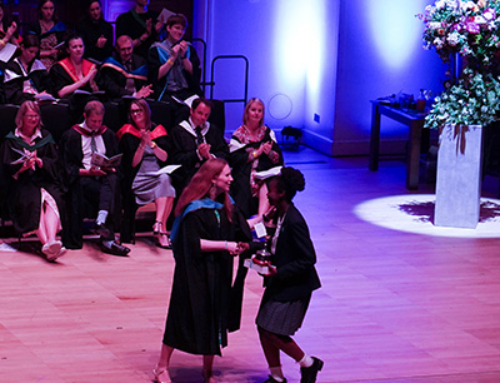Barbershop music is typically sung by an all-male quartet (although recently all-female or mixed groups have been formed) and is characterised by acapella singing (singing with no accompaniment) with an emphasis on close harmony, synchronisation of word sounds and colourful harmony and phrasing. Phrases are often repeated for an echo effect, and musical arrangements usually employ syncopated ragtime and other nostalgic song styles. The melody is normally sung by the lead with the tenor, baritone, and bass harmonising above and below. The most distinctive feature of barbershop music is the ending of the piece where the lead sings the ‘tag’ – an impressive high note that is held over several bars with moving harmony underneath, which creates an exciting climax at the end of the piece.
Although barbershop quartet singing is associated with the U.S., its origins are obscure, but most likely would have started in the 19th century. It may date from an era when American barbershops formed social and musical centres for men. Barbershop music is considered a blend of White and African American musical styles. Although the African American influence is sometimes overlooked, these quartets had a formative role in the development of the style. By the 1920s, the popularity of Barbershop quartets started to fade, however it had a revival in the late 1930s along with the founding of Barbershop societies for preservation.
Outfits were very important and part of the whole ‘Barbershop aesthetic’: a vest, straw hat, and spats, often with bow tie and sleeve garters – this is known as the Gay Nineties style. The Dapper Dans are one of the most well-known recent barbershop quartets in media as Walt Disney theme parks often feature them. Barbershop quartets have maintained relevance in popular culture by being lampooned in television series such as The Simpsons and Family Guy. However, it is still taken very seriously (mostly in America) with big competitions and conventions being held across the year.
Miss Murata, Composer in Residence


